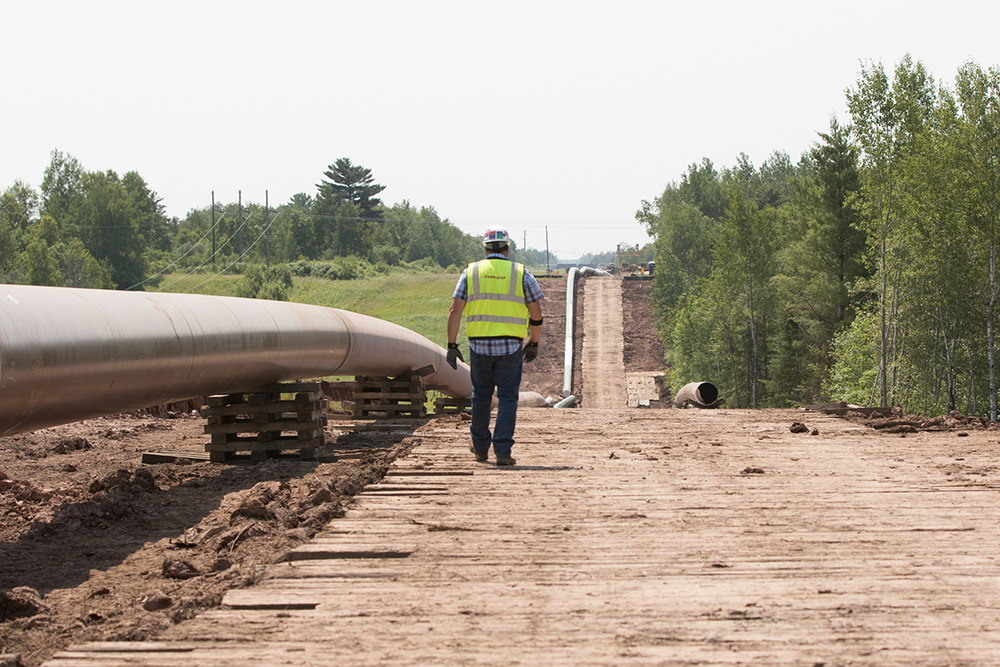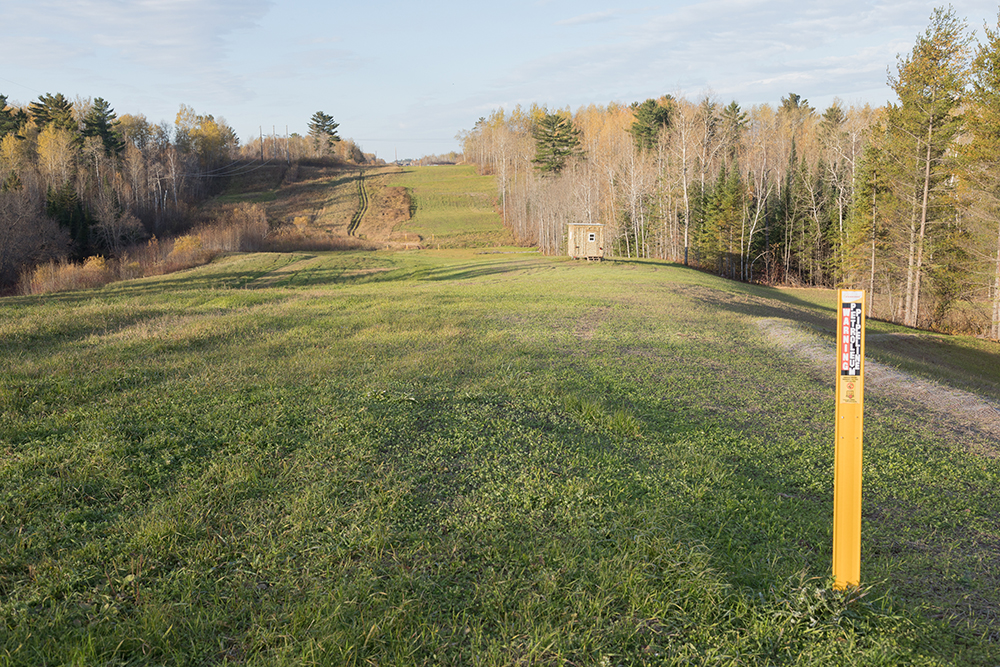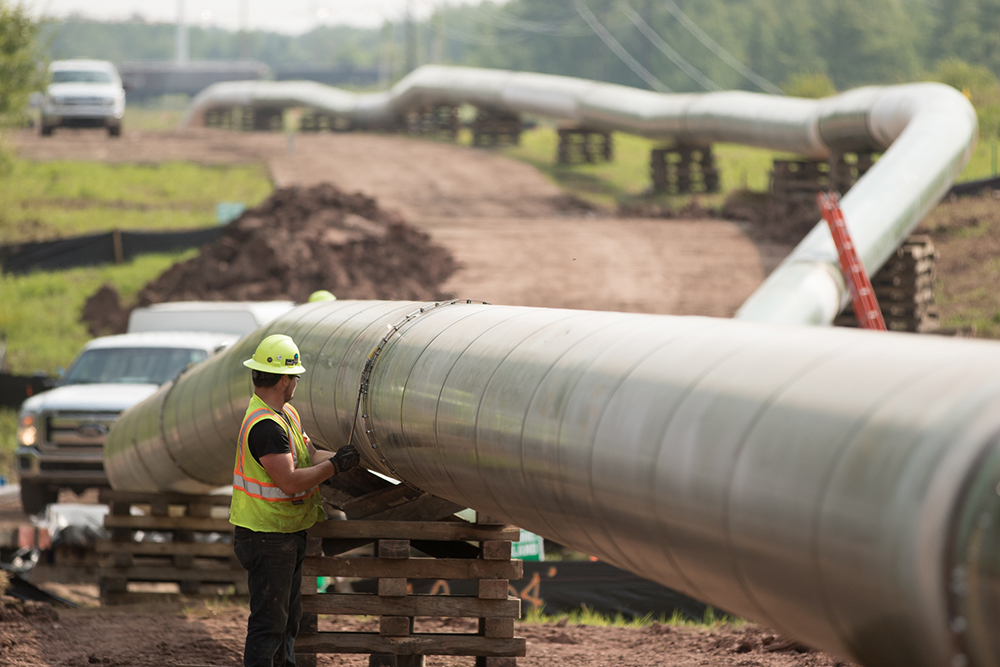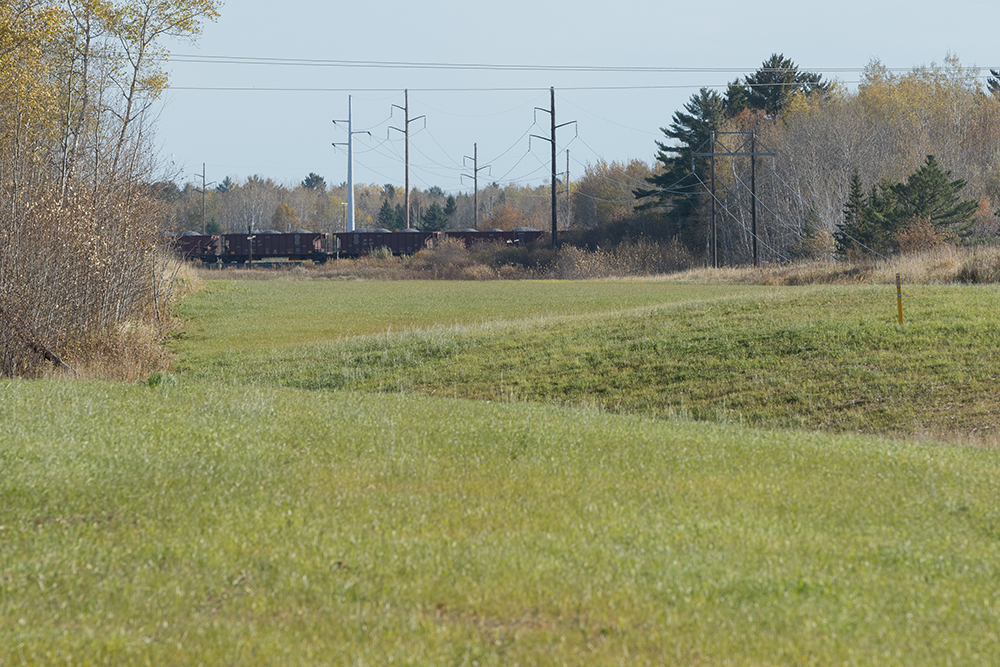Post-construction: The land restoration process
What happens after a project is placed into service?
After construction of energy infrastructure—including a new pipeline, or maintenance on an existing pipeline—the process of returning property to its former and agreed-upon condition begins. This process is known as restoration in the United States, and reclamation in Canada.
The process starts as soon as weather conditions and road restrictions allow. Enbridge uses approved construction and land restoration techniques. Prior to construction activities, Enbridge representatives must obtain a number of regulatory approvals and environmental permits. Those permits often prescribe practices and restoration expectations.
Working with landowners
Enbridge also meets with landowners to reach agreement on property-specific items that will be addressed during and after construction. Items on the “line list” may include:
- repairing fences, driveways or landscaping;
- stacking timber;
- special care to be taken when working around livestock.
Enbridge is responsible to landowners for damages or impacts resulting from construction of expansion facilities, pipeline replacement projects or ongoing pipeline operations, all as described in our easements. We have plans and procedures to protect land before, during, and after construction.
Restoration and the environment
After construction, our goal is to restore the pipeline right-of-way to as close to pre-construction condition as possible, and minimize our long-term impact to the land along our pipelines.
Our practice of segregating topsoil during construction enhances restoration by returning the nutrients and seed back to the ground surface after construction. We also mulch, seed, and monitor the right-of-way until vegetation is re-established. In some cases, we work with landowners and environmental agencies to enhance restoration, such as planting trees along streams or managing invasive species.
Although most temporary workspaces will be allowed to grow back, we will generally maintain the permanent right-of-way free of structures, trees and shrubs so that the pipeline is visible during aerial inspections and accessible in the case of an emergency.
Landowner contacts
Developing and maintaining good relationships with our landowners, tenants and neighbors along our energy infrastructure network is important to us. Enbridge aims to manage our existing operations and new facilities with respect for our neighbors and their land.
If you're an Enbridge neighbor with a question or a concern, please visit our landowners page. One of our right-of-way agents will gladly respond to your inquiry as quickly as possible.
Before-and-after images
The restoration process, step by step
We take numerous measures to minimize our long-term impact along our pipeline rights-of-way:
- Crews begin by removing leftover pipe, equipment and construction debris, and de-compacting soil in farm fields while restoring rough grade;
- Next, crews pull separated topsoil back, seed, mulch, repair fences, and remove mats, bridges and access points;
- Each restoration crew generally advances an average of three quarters of a mile (about 4,000 feet) a day, depending on land type and usage;
- Environmental and utility crews will also be mobilized to respond to subsidence and/or drainage issues that create access problems for farmers or landowners, public safety issues, or environmental compliance issues;
- Most restoration occurs within the first year following completion of construction. However, the process can take longer, depending on weather and other environmental impacts that may interrupt the restoration process. The initial phase involves a more visible presence of workers; crew sizes diminish as the work proceeds to completion.












